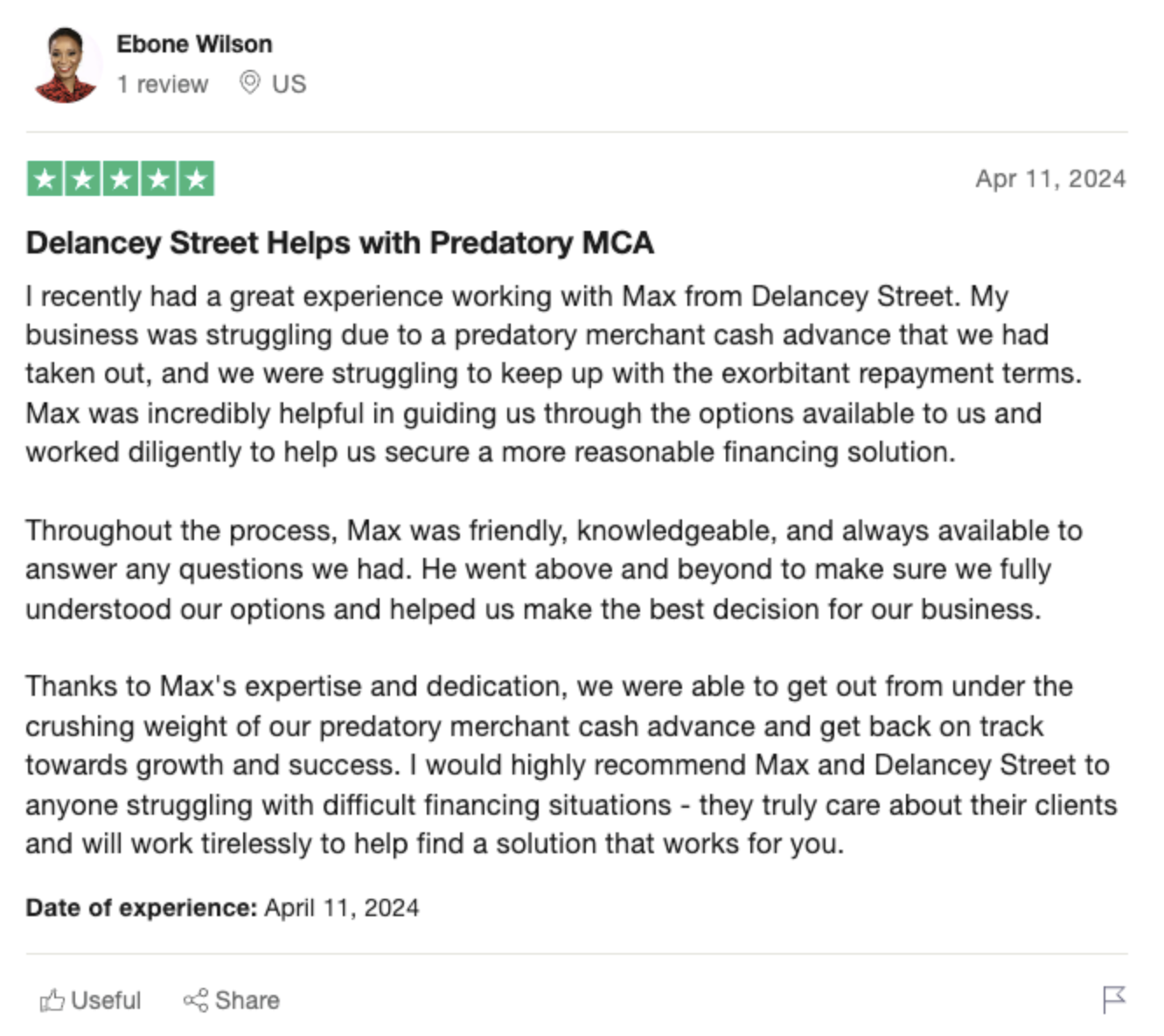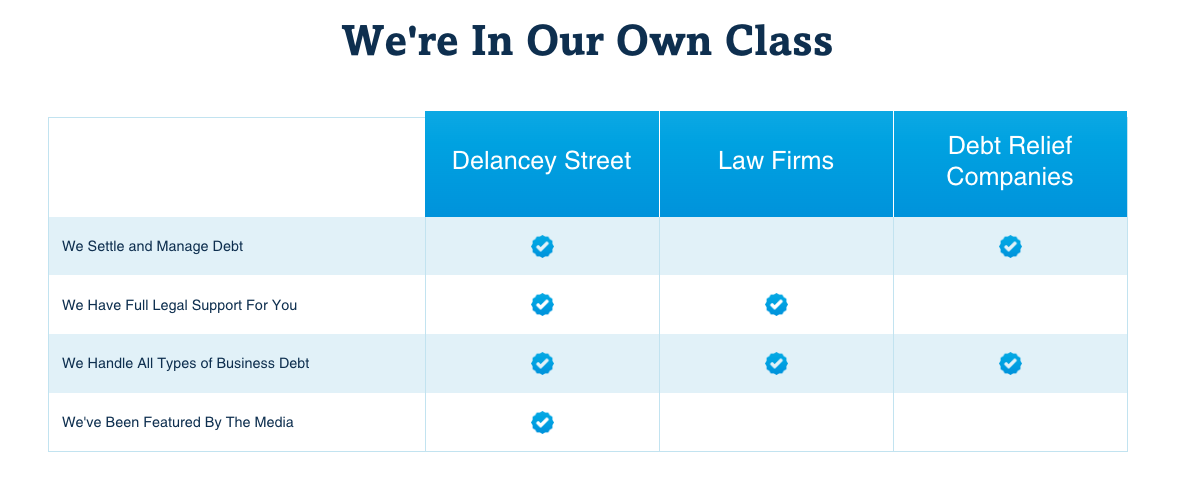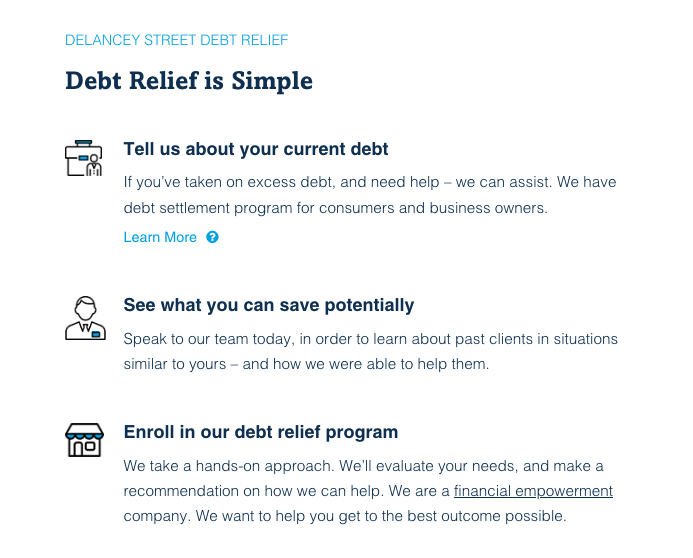How Bondholders Are Impacted By Corporate Debt Restructuring
Corporate debt restructuring can have a significant impact on a company’s bondholders. When a distressed company attempts to reduce its debt obligations, it often looks to renegotiate terms with its various creditors, including bondholders. Understanding how this process works and the potential outcomes is important for fixed income investors.
What is Corporate Debt Restructuring?
Corporate debt restructuring refers to the process a company undertakes when it cannot meet its current debt obligations and needs to reduce its overall debt load [1]. This usually happens when a company is in financial distress due to poor performance, economic conditions, or other factors.
 -
-The goal of restructuring is to improve the company’s financial viability going forward. This typically involves some combination of reducing interest rates, extending maturities, and exchanging debt for equity. By renegotiating terms with creditors, the company aims to lift the burden of debt payments to improve cash flow and operations.
Participants in a Debt Restructuring
There are several parties involved in a corporate debt restructuring [2]:
- The distressed company – This is the company looking to reduce its debt obligations through renegotiated terms. The company initiates the restructuring process.
- Creditors – The distressed company owes money to various creditors including bondholders, banks, suppliers, etc. These stakeholders must agree to amended terms.
- Investment banks – Specialist investment banks advise both the distressed company and creditors on valuation, terms, and strategy throughout the restructuring.
- Law firms – Lawyers represent the interests of all parties, documenting agreements and ensuring appropriate approvals are obtained.
- Turnaround management – If applicable, specialist consultants and interim executives may provide operational advice to improve finances.
Bondholders represent one class of creditors among many in a complex web of corporate obligations. Their cooperation and approval is essential for restructurings to succeed.
Bondholder Interests in Restructurings
Bondholders have certain interests they aim to balance during debt restructurings [3]:
 -
-- Principal repayment – Bondholders want assurance they will receive the original principal invested as per the original bond terms.
- Interest payments – They also want certainty of interest payments at regular intervals at an acceptable rate.
- Timely repayment – The timing of repayment is another key consideration, with longer maturities generally preferred.
- Security priority – In bankruptcies, secured bondholders get paid before unsecured ones. Priority determines recovery prospects.
- Upside potential – Some restructurings exchange debt for equity, giving bondholders shareholder rights.
Weighing these factors, bondholders must decide whether to accept new restructuring terms based on their read of the company’s viability.
The Debt Restructuring Process
The specific debt restructuring process can vary, but generally involves the following [4]:
- Distress identification – The company realizes its precarious financial position with unsustainable debt service obligations.
- Hiring advisors – The distressed company brings on restructuring experts like investment banks and law firms.
- Creditor discussions – Initial conversations with creditors explain the situation and gauge amenability to new terms.
- Restructuring strategy – Based on creditor feedback, specific restructuring plans are formulated, modelled and proposed.
- Creditor approvals – In exchange for amended terms that may include haircuts, creditors like bondholders sign-off on the restructuring.
- Legal consents – Lawyers finalize and file required legal agreements for the debt restructuring.
- Implementation – The company implements the new debt arrangements and continues operations under the revised structure.
This process involves extensive assessments of the business and complex multi-party negotiations. The outcomes for bondholders depend on their bargaining power and the overall viability of the distressed company.
Potential Restructuring Outcomes
There are several potential outcomes bondholders may face in a corporate debt restructuring [5]:
- Interest rate reduction – The company may ask bondholders to reduce the interest rates on issued bonds to lower interest expenses.
- Maturity extension – The company may seek to extend the maturity date by which bonds must be repaid in full to ease near term liquidity pressures.
- Principal haircut – In some cases, bondholders will be asked to accept a percentage loss on principal repayment due to the distressed state of the company.
- Debt for equity swap – Bond principal may be exchanged for common shares of the company to reduce debt and give bondholders future upside.
- No impact – Stronger companies may leave bond repayment terms unchanged while focusing only on bank or supplier debt.
The severity of impact depends on factors like the leverage profile, bond security pledges, business outlook, and importance of various stakeholders.
 -
-Risks to Bondholders in Restructurings
While negotiating with distressed corporations, bondholders face several risks [5]:
- Lower/delayed payments – Accepting reduced principal, lower interest rates, or longer maturities means getting less money than originally promised.
- Equity dilution – Exchanging debt for shares may lead to loss of value as more stock is issued.
- Bankruptcy – Despite restructuring efforts, the company may still end up in bankruptcy leading to larger losses.
- Information asymmetry – Distressed firms may present overly optimistic forecasts leaving bondholders with incomplete views of reality.
To manage these risks, bondholders need accurate assessments of business prospects and negotiating power to secure acceptable outcomes. Legal and financial advice is essential.
Stronger Position as Senior Secured Debt
As senior secured creditors, some bondholders have greater influence in the restructuring process [5]. Their strong rights include:
 -
-- Priority repayment – Secured bonds get paid before unsecured creditors and equity holders.
- Collateral claims – They have claims against specific pledged assets like property or equipment.
- Tighter covenants – Strict legal terms allow them to declare default more easily if violated.
- Voting power – Their large debt holdings may give them veto rights over proposed restructurings.
With these advantages, secured bondholders can better protect their interests by negotiating milder debt reductions and blocking unfavorable proposals. However, they also depend heavily on the company’s assets retaining value.
Role of Creditor Committees
In large restructurings, similarly positioned creditors like bondholders may form committees to aggregate negotiating power [1]. As a group, they can:
- Share information – Committee members are legally entitled to non-public operational and financial data.
- Hire advisors – By pooling resources, the committee can afford specialized lawyers and investment banks.
- Coordinate actions – Committee members create unified counterproposals and restructuring asks.
- Block unfavorable deals – Creditors can leverage their vote as a bloc to prevent unappealing agreements.
Well-organized creditor committees prevent companies from strong-arming individual stakeholders into unjust arrangements. Bondholders can participate to improve outcomes.
Scenarios Leading to Restructurings
There are several common scenarios that prompt companies to initiate debt restructurings impacting bondholders:
- Industry downturns – Declines in sectors like energy, real estate, retail, or autos strain entire capital structures.
- Poor mergers – Failed integration or cultural clashes may saddle combined entities with excessive leverage.
- Legal settlements – Large class action lawsuits or regulatory fines may overwhelm balance sheets.
- Cyclical downturns – Even well-run companies periodically need to trim debt burdens during recessions.
- Financial engineering – Some private equity buyouts utilize extreme leverage that requires corrections.
In most cases, bondholders are caught in the cross-fire as overleveraged companies scramble to fix capital structures. Their best defense is insisting on solid security and covenants when originally issuing bonds.
Outcomes in Bankruptcy
If restructuring negotiations fail and the distressed company declares bankruptcy, bondholders face a legal process overseen by courts [1]. Typical outcomes include:
- Chapter 11 reorganization – The judge approves a restructuring plan where creditors like bondholders accept losses so the company can rebuild and continue.
- Section 363 sale – The courts permit a quick sale of the company or its assets to repay creditors. Bondholders receive a share of proceeds based on priority.
- Chapter 7 liquidation – If no turnaround is viable, the company ceases operations and all assets get sold off to pay creditors something.
In bankruptcy, bondholders have limited influence as courts make the final decisions on repayment terms. By then, severe losses are likely with total write-offs possible.
Key Takeaways
Corporate debt restructuring directly impacts bondholders as distressed companies propose new repayment terms and priority to creditors. Outcomes range from mild interest reductions to major principal haircuts or swaps into equity. Well-positioned senior secured bondholders can negotiate better deals via unified creditor committees. But all stakeholders face risks if turnaround plans fail, leading to larger losses in bankruptcy. Understanding these dynamics is essential for fixed income investors in leveraged companies.







